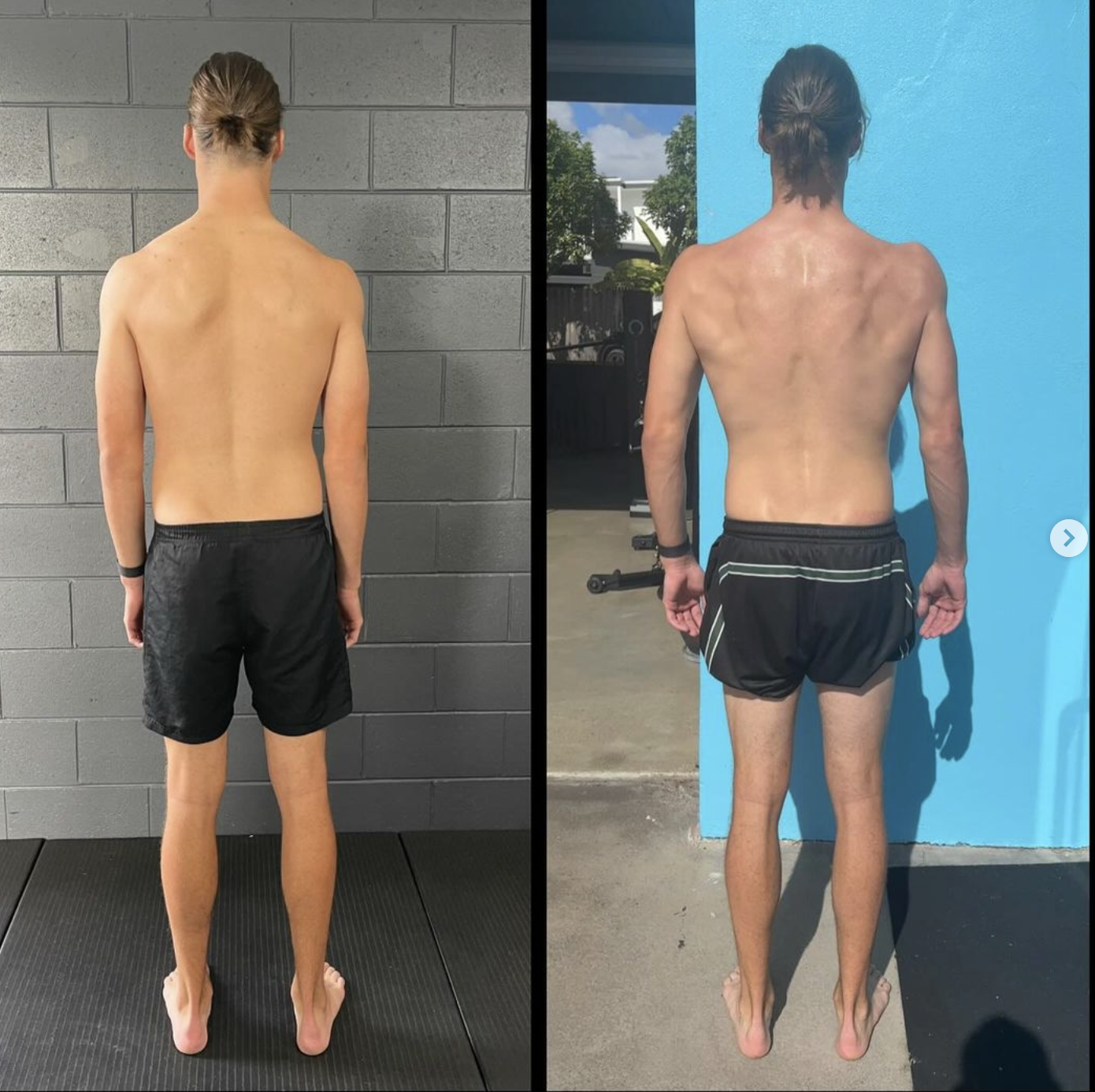Understanding Double-Jointed Shoulders and Chronic Pain
Hypermobility in the shoulders is more than just extra flexibility. Many people think being "double-jointed" is a good thing. However, it can cause chronic pain, instability, and long-term problems.
Traditional rehab methods focus on isolated muscles but ignore the bigger picture. Functional Patterns takes a different approach, emphasizing tensegrity, integrated biomechanics, and neuromuscular control to build lasting stability.
The Problem With Hyper-mobile Shoulders
Double-jointed shoulders occur when the connective tissues are too loose, allowing excessive movement. This leads to joint laxity, where the ligaments and joint capsule fail to keep the shoulder joint stable. Over time, the body compensates with muscle imbalances, increasing the risk of joint pain, dislocations, and injuries.
Conditions like Hypermobility Spectrum Disorder (HSD) and Ehlers-Danlos Syndrome (EDS) make this worse. They cause irregular collagen production, which weakens connective tissues. Hypermobility isn't just about weak joints. It is a full-body movement problem that needs a complete movement solution.
Tensegrity and Joint Stability
Functional Patterns relies on tensegrity, which provides stability through balanced tension and compression across the entire body. The shoulder joint doesn’t work alone—it connects to the spine, ribcage, hips, and feet.
Hypermobile individuals often develop poor movement habits that overload the shoulders, causing chronic pain. Instead of using braces or strict strength training, Functional Patterns helps restore natural movement. This creates dynamic and lasting stability by working with the whole myofascial system.
Why Traditional Approaches Fail
Conventional strength training focuses on isolated muscles, but this fails hypermobile individuals because:
It ignores full-body tension. Strengthening the shoulder joint alone without fixing posture and gait often makes things worse.
It reinforces poor movement habits. Exercises like overhead presses and bench presses put more stress on hypermobile shoulders.
It neglects rotation and multi-plane movement. Hyper-mobile people need rotational stability, not just forward-and-back exercises.
Many traditional rehab programs also fail to recognize how hypermobility in shoulders affects range of motion throughout the body. If we don't think about how the shoulder joint works with the hips, spine, and knees, we can get hurt. Even good strength training can lead to more joint injuries.
A Real World Example of Shoulder Hyper-mobility, Dislocations & Recovery
Our Practitioner, Kaan, at Functional Patterns Brisbane has first hand experience with Shoulder Hypermobility. Kaan experienced 6 shoulder dislocations and subluxations over the course of 2 years.
In this video, he explains his story and the process he took to make a full recovery. Since implementing Functional Patterns, Kaan has achieved functional shoulder mobility and has had no lasting pain or issues.
Kaan was also able to increase muscle tone, reduce pain and improve his athleticism in the process.
Functional Patterns and the Shoulder Joint
Instead of forcing rigid stability, Functional Patterns restores proper movement mechanics. This involves:
Postural correction: Aligning the ribcage and spine for better shoulder joint function.
Gait integration: Since shoulders are affected by walking and running mechanics, fixing gait is key to resolving instability.
Myofascial system activation: Training the entire fascial system, not just individual muscles and tendons, to build lasting support.
Functional Patterns helps people with hypermobile shoulders find stability. They do this by focusing on movement as a system. This method does not use rigid braces or isolated strength training.
The Role of Rotation in Shoulder Health
Rotation is crucial for hyper-mobile shoulders, yet most training ignores it. Standard workouts focus on linear, compressive movements like pressing or pulling, which don’t match real-life movement.
Functional Patterns uses controlled rotation. This helps the shoulder joint move with the rest of the body. It reduces strain and improves durability.
Without proper joint stabilisation through rotation, hyper-mobile individuals are more prone to shoulder dislocations and joint pain. Training multi-planar movement ensures that range of movement remains functional rather than excessive, preventing instability.
Moving Beyond Symptom Management
Most treatments for chronic shoulder pain focus on symptoms, such as:
Bracing or taping to limit movement artificially
Cortisone injections to numb pain temporarily
Isolated rotator cuff exercises that don’t translate to real movement
These may provide short-term relief but fail to fix the root problem: poor neuromuscular control and movement inefficiency. Functional Patterns provides a lasting solution by retraining movement from the ground up. This leads to better muscle strength, improved range of motion, and stronger joint stability.
The Connection Between Shoulders and Other Hyper-mobile Joints
Hypermobile individuals rarely experience joint laxity in just one joint. Issues in the shoulders often accompany hypermobility in the wrists, knees, and hips. This is why focusing on one joint at a time is ineffective.
For example, a hypermobile wrist affects how the shoulder joint absorbs force during daily tasks. If the wrist lacks stability, the shoulder compensates, leading to chronic misalignment and strain. By correcting global movement patterns, Functional Patterns improves quality of life for those with connective tissue disorders. For example, hypermobility spectrum disorders.
Conclusion
If you have double-jointed shoulders or chronic pain from hypermobility, isolated strength training or passive treatments won’t fix the issue. The solution is restructuring movement to create a balanced, efficient system that naturally supports the joints.
Functional Patterns is the only method that focuses on biomechanics, tensegrity, and movement training. It helps hyper-mobile people move without pain for life. This approach focuses on joint stability, muscle control, and full-body movement. It offers long-term relief and enhances quality of life.



